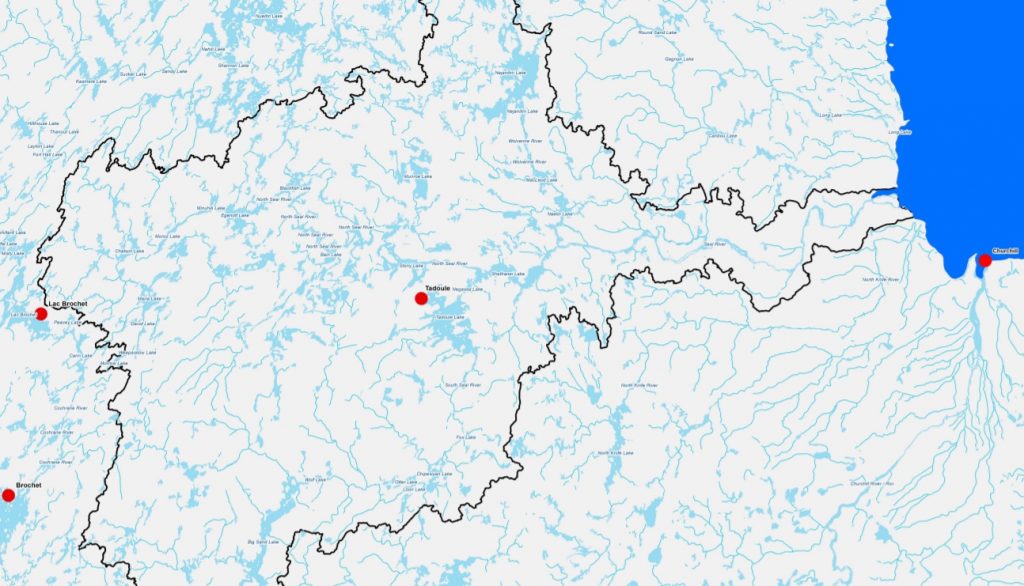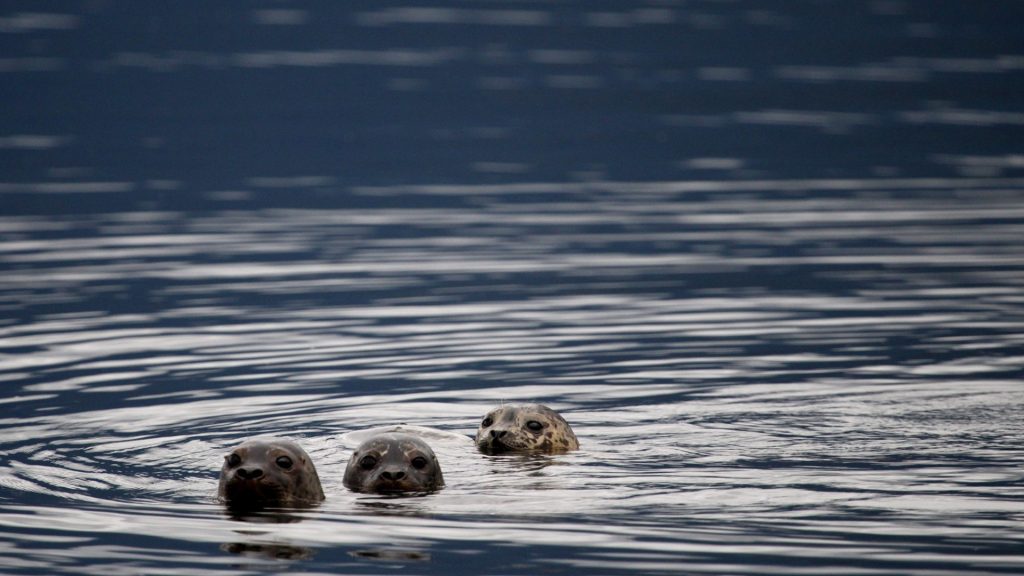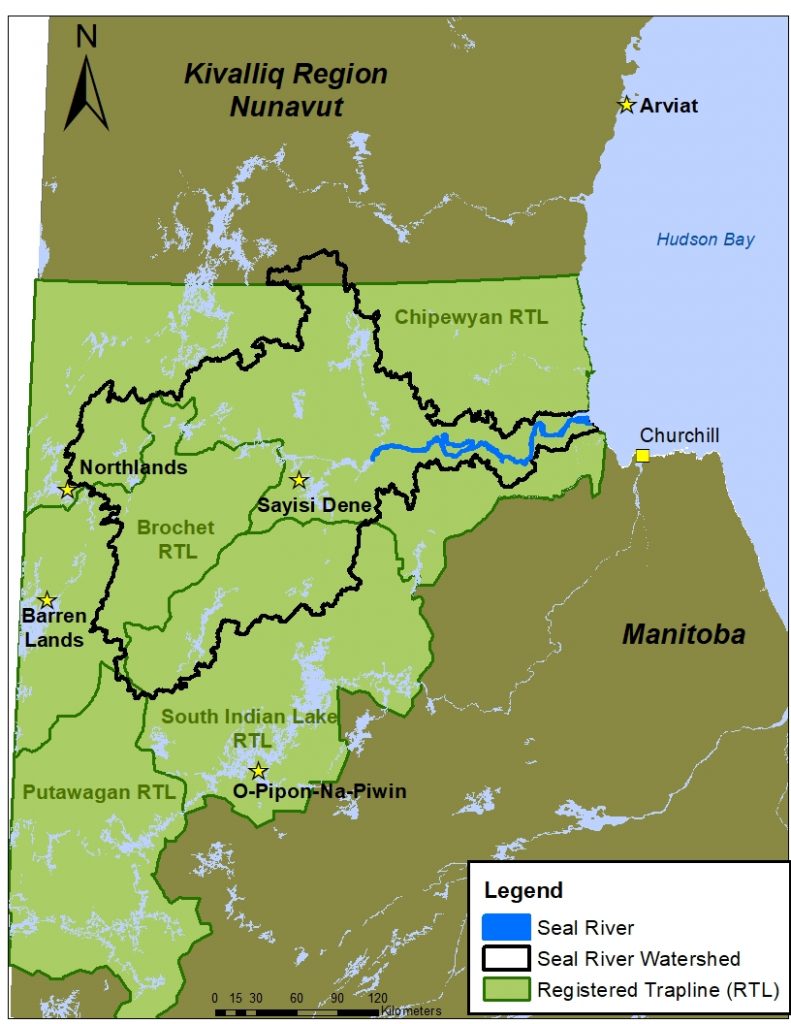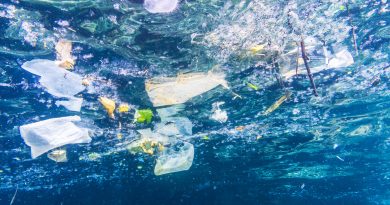Feds invests $3.2 million in Indigenous-managed watershed program in northern Canada

The Canadian government will invest $3.2 million in the Seal River Watershed Indigenous Protected Area in the Canadian province of Manitoba near the Nunavut border.
The watershed covers 50,000 km2 in northern Manitoba, a region that includes species at risk such as the polar bear, short-eared owl, olive-sided flycatcher and barren ground caribou.
“We appreciate the Government of Canada’s investment in Indigenous conservation,” said Ernie Bussidor, the executive director or the Seal River Watershed Alliance and aformer chief of Sayisi Dene First Nation, in a news release on Wednesday. “The Dene, Cree and Inuit peoples have cared for these lands, waters and animals since time immemorial.
“Every aspect of our cultures, spirituality and identities are rooted in our relationship to the caribou and to the lands which sustain us. We envision a pristine watershed where people, animals and fish are healthy, our unique languages and cultures are thriving, and there is hope and abundance for all future generations.”

Five Indigenous group cooperating on project
The Sayisi Dene First Nation, with the support of the neighbouring Cree, Dene and Inuit, created the not-for-profit Seal River Watershed Alliance.
The Sayisi Dene First Nation, the Northlands Denesuline First Nation, the O-Pipon-Na-Piwin Cree Nation, the Barren Lands First Nation in Manitoba, and the Inuit in Canada’s eastern Arctic territory Nunavut are all involved in the project.
The goal of the program is to protect the area from future industrial development.
The watershed gets its name from the Seal River that flows into the Hudson Bay. Seals are found up to 200km inland on the waterway.

” Indigenous-led conservation initiatives like the Seal River Watershed Indigenous Protected Area are proven to be good for the land and good for people,” said Valerie Courtois, the director of the Indigenous Leadership Initiative, a group founded in 2013 to foster Indigenous-led conservation efforts.
“They protect large landscapes, create economic opportunities, and strengthen communities and Nations. They also help Canada meet goals for conserving biodiversity and restoring the economy. Together, Indigenous and Crown governments can deliver positive results for people and the land that sustains us.”
The project has created 17 jobs within Indigenous communities to date, the news release said.
Write to Eilís Quinn at eilis.quinn(at)cbc.ca
Related stories from around the North:
Canada: Canadian Gwich’in leaders renew calls to oppose drilling in Alaska Arctic wildlife refuge, CBC News
Greenland/Denmark: Greenland and Denmark finalize cooperation agreement on marine pollution response, Eye on the Arctic
Finland: Finland’s endangered Saimaa ringed seal population reaches 400, Yle News
Norway: In Arctic Norway, seabirds build nests out of plastic waste, The Independent Barents Observer
United States: Mass grey whale strandings may be linked to solar storms, CBC News



